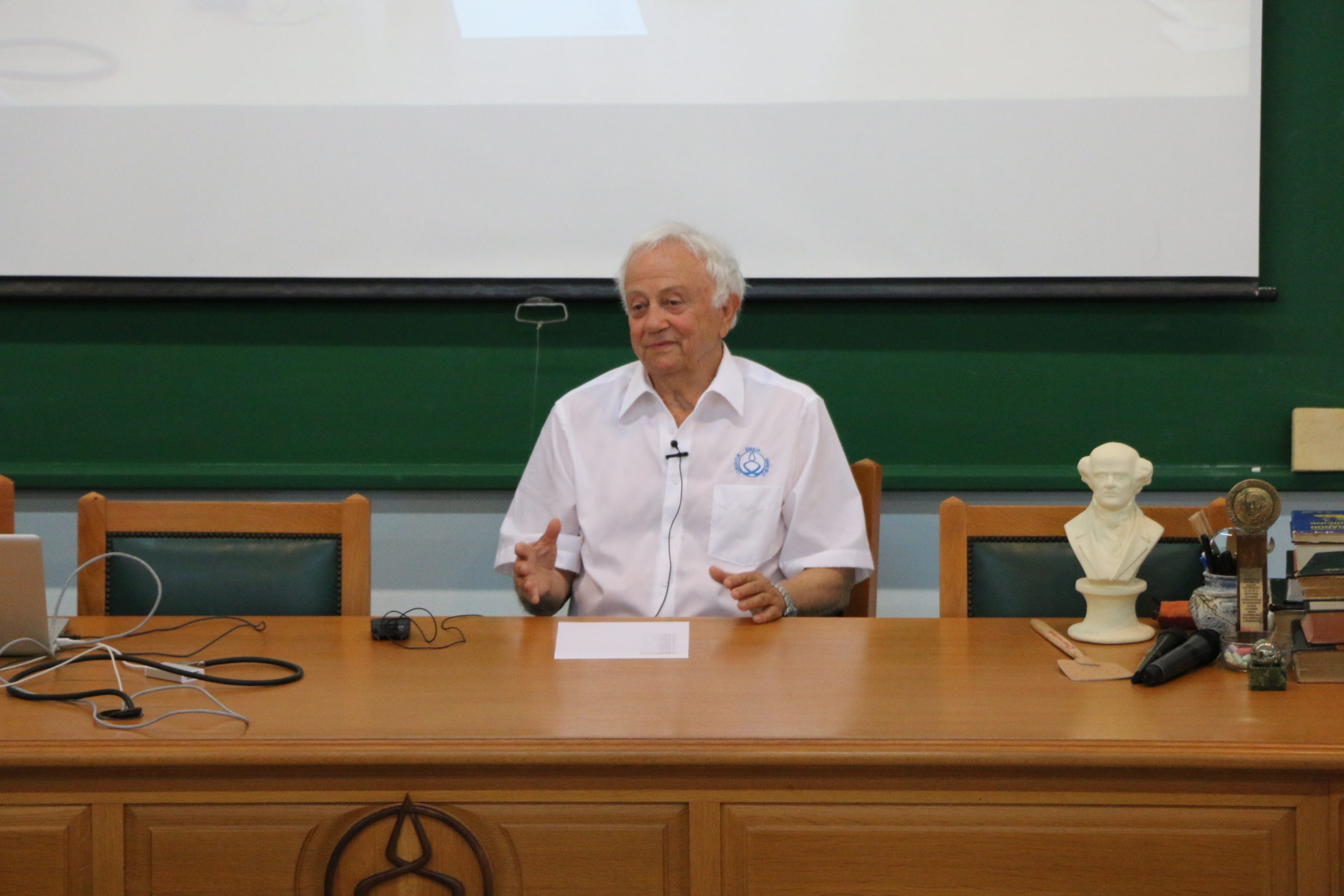Also available in


A working hypothesis for homeopathic microdiluted remedies
G.S. Anagnostatos, G. Vithoulkas, P. Garzonis, C. Tavouxoglou
Summary
A three-step hypothesis to explain the specific organizaton of molecules of the solvent in homeopathic microdilutions which can maintain the properties of an initial substance not effectively present is herewith introduced, e.g. for the case of pharmaceutical substances that need grinding before their dilution .
First: We assume that during grinding and the first seq uential dilutions characteristic small clusters (aggregates of a small number of molecules) of the diluted substance are fonned. They are surrounded by shells of organized hydrogen-bonded molecules of the solvent (called clathrates).
Second: Because of the applied forceful succussions and the different inertial properties, small clusters move out of their clathrates. A new clathrate then forms around each relocated small cluster, and an additional clathrate (mantle clathrate) is formed round the initial clathrate (now called the core clathrate). which has become hollow, having lost its small cluster.
Third: At this state, no effective amount of substance is present. The role of small clusters in dilutions and succussions to follow is totally influenced by the compact structure of the core clathrate, which possesses an interior void, characteristic of the properties of the initial substance. That is, due to forcefully applied succussions and different inertial properties, core clathrates move out of their mantle clathrates and stimulate the formation of new mantle clathrates. Likewise, old mantle clathrates become new core clathrate and stimulate formation of their own mantle clathrates. As succussion and dilution continues, the process is repeated.
Important parameters involved during the preparation of a homeopathic remedy arc 1) the applied force and its fixed direction in each succussion to separate small clusters from their clathrates or core clathrates from their mantle clathrate; 2) the time between two successive succussions to allow the rcorgani7ation of the molecules of the solvent to form new clathrates and 3) the number of successive dilutions necessary to reach the desired density and size of hollow clathrate s which resemble the prope rties of the initial substance.












